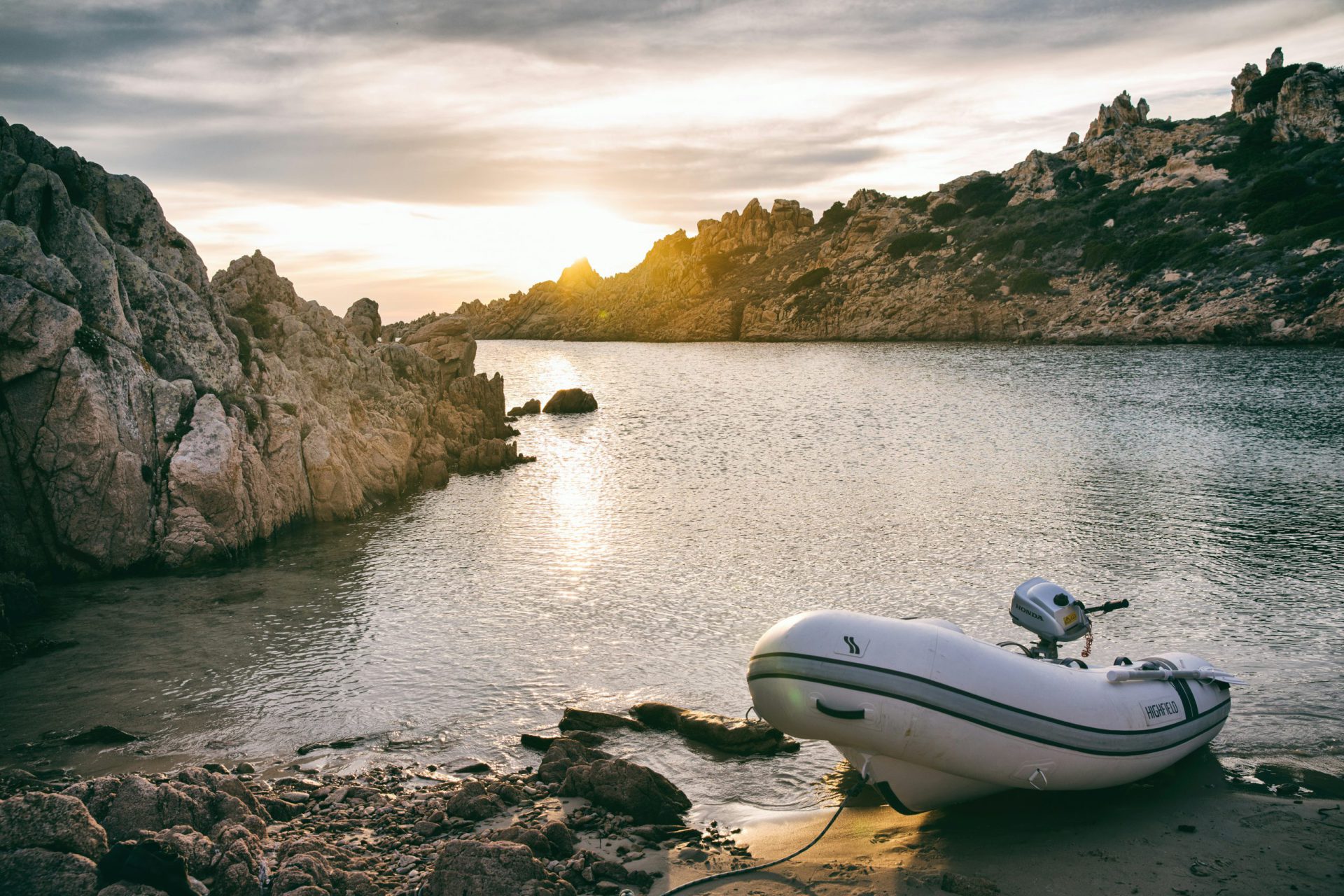Dinghies may be modest in size, but they hold a significant place in the world of boating. These versatile vessels offer a gateway to the water that’s accessible, exciting, and filled with possibilities. In this blog, we’ll explore the charm of dinghies, their various types, and why they continue to captivate boating enthusiasts around the globe.
A BRIEF HISTORY
The term “dinghy” comes from the Hindi word ḍiṅgī, meaning a small boat. Originating in the Indian subcontinent, dinghies were traditionally used for transportation and fishing. Over time, they gained popularity worldwide, becoming essential companions to larger ships and beloved vessels for recreational activities.
You will never be happy if you continue to search for what happiness consists of. You will never live if you are looking for the meaning of life viva la vida soledad magazine.
Types of Dinghies
- Sailing Dinghies
- Description: Equipped with one or more sails, these dinghies are perfect for harnessing the wind.
- Uses: Ideal for learning to sail, racing, or leisurely cruising.
- Examples: Optimist (great for young sailors), Laser, and Sunfish.
- Rowing Dinghies
- Description: Designed for rowing with oars, offering simplicity and control.
- Uses: Perfect for exercise, fishing, or quiet exploration of lakes and rivers.
- Features: Often lightweight with a flat bottom for stability.
- Motor Dinghies
- Description: Fitted with small outboard engines for added speed and convenience.
- Uses: Useful as tenders for larger boats, short trips, or fishing excursions.
- Advantages: Easy to maneuver and can cover distances quickly.
- Inflatable Dinghies
- Description: Made from durable, flexible materials that can be deflated for storage.
- Uses: Popular for their portability and ease of transport; great as emergency vessels.
- Features: Surprisingly sturdy with compartments for safety.
Why Dinghies Are So Beloved
- Accessibility: Dinghies are often more affordable and easier to handle than larger boats, making them perfect for beginners.
- Versatility: Suitable for a range of activities including sailing, rowing, fishing, and even scuba diving support.
- Education: They provide an excellent platform for learning boating skills and water safety.
- Adventure: Their size allows access to secluded spots that larger boats can’t reach—think hidden coves and quiet streams.
- Connection to Nature: Being close to the water offers a unique, immersive experience with the environment.
Getting Started with Dinghies
- Safety First: Always wear a life jacket and familiarize yourself with basic water safety procedures.
- Choose the Right Type: Consider what activities you’re most interested in. Sailing enthusiasts might opt for a sailing dinghy, while those who prefer rowing might choose a classic rowboat.
- Learn the Ropes: Enroll in a basic boating or sailing course to build confidence and skills.
- Join a Community: Local boating clubs or online forums can provide support, tips, and camaraderie.
Environmental Impact
Dinghies are generally eco-friendly, especially sailing and rowing types. They produce minimal noise and no emissions, allowing you to enjoy nature responsibly.
Conclusion
Dinghies open up a world of aquatic adventure that’s both accessible and thrilling. Whether you’re navigating serene lakes, exploring winding rivers, or feeling the wind fill your sails on open water, a dinghy offers a personal and profound connection to the maritime world.


